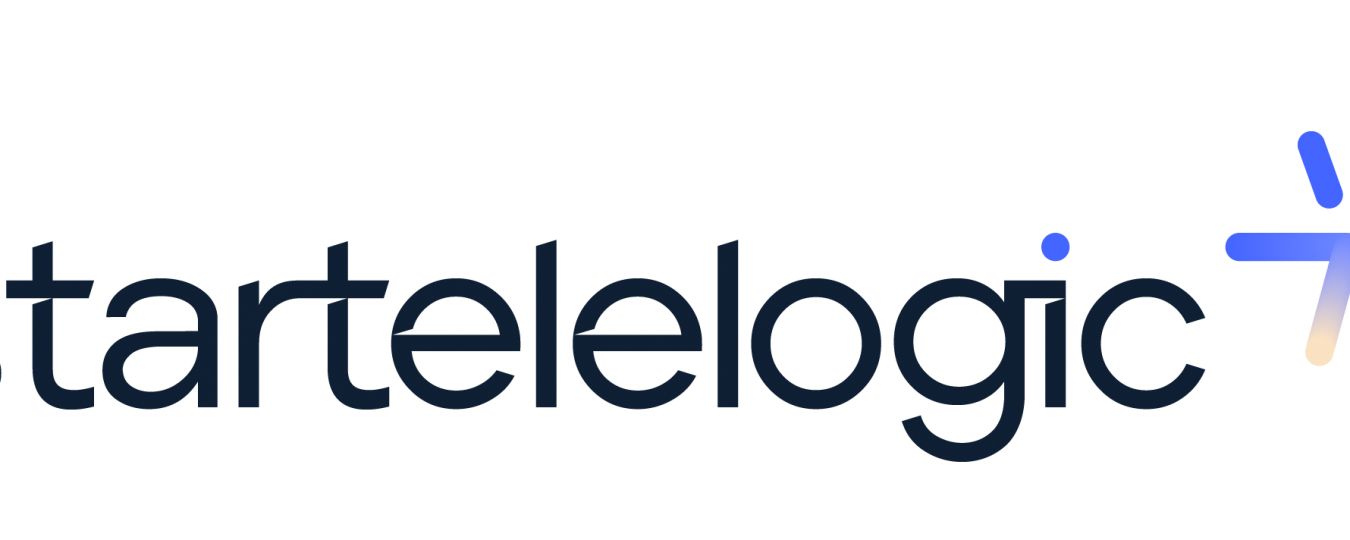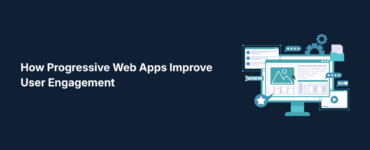The Healthcare sector has always been a complex mix of compassionate care and administrative overload. Among its most challenging aspects is medical billing—a task that, despite being essential, often feels like a tangled web of codes, paperwork, and time-consuming approvals. With rising patient volumes and ever-evolving insurance rules, the billing process is under constant pressure to perform faster and more accurately.
Now, Artificial Intelligence (AI) is stepping in—not just as a tool but as a transformation agent. It’s redefining how medical billing is handled by automating repetitive tasks, reducing errors, and accelerating the claim lifecycle. Whether you’re a healthcare provider aiming to streamline operations or a patient hoping for clearer, faster billing, AI is reshaping the experience for everyone involved.
The Pain Points in Traditional Medical Billing
Before diving into the AI part, let’s quickly understand the existing challenges:
- Manual Data Entry: Healthcare staff spend hours entering codes, treatment descriptions, and insurance details, leading to burnout and inconsistencies.
- Coding Errors: Medical coding errors—such as mismatched procedures and diagnoses—are a leading cause of claim denials.
- Delayed Reimbursements: Processing and reconciling claims often takes weeks, impacting cash flow for healthcare facilities.
- Compliance Risks: Constantly changing regulations around ICD, CPT codes, and payer-specific rules make it hard to stay compliant.
Clearly, the system needs an upgrade—and AI is stepping in at just the right time.
What is AI-Powered Medical Billing?
AI in medical billing refers to the use of machine learning algorithms, natural language processing (NLP), and automation tools to enhance and expedite billing workflows. From data entry to claim submission and denial management, AI tools act as intelligent assistants that learn, adapt, and optimize the process.
Let’s break down how AI contributes across the billing lifecycle:
1. Intelligent Data Extraction
The first step in billing is extracting relevant information from clinical documents, EHRs (Electronic Health Records), and patient charts. Traditionally, this is manual and error-prone. With AI:
- Natural Language Processing (NLP) tools read and interpret physician notes.
- OCR (Optical Character Recognition) systems scan and digitize paper records.
- AI models then categorize the extracted data based on payer requirements and service types.
This significantly reduces the need for manual input, making data more accurate and readily usable.
2. Automated Medical Coding
AI tools can now auto-code diagnoses and procedures using large training datasets of historical claims and medical terminologies. They match the extracted data with the correct ICD-10, CPT, or HCPCS codes, thus reducing coding errors and ensuring compliance.
Benefits include:
- Faster code generation
- Minimized risk of undercoding or upcoding (which can lead to audits or penalties)
- Real-time suggestions and corrections for billing staff
3. Predictive Claim Approval Analysis
Before a claim is submitted, AI systems can predict the likelihood of denial using past claim data. These systems flag potential issues like:
- Missing or mismatched codes
- Non-covered procedures
- Incomplete patient information
This allows billing teams to proactively address errors and boost first-pass claim acceptance rates.
4. Streamlined Claim Submission
Once validated, AI tools format claims to meet the specific requirements of various payers and submit them automatically. For example, a hospital dealing with 25 different insurers no longer needs to manually tailor each claim—AI handles the formatting, attachments, and routing.
This drastically reduces turnaround time, ensuring providers receive payments faster.
5. Automated Denial Management
Even the best systems encounter claim rejections. AI helps here too:
- Denial pattern analysis helps identify the root causes (e.g., payer-specific issues or documentation gaps).
- AI bots can initiate appeal workflows or re-submit corrected claims autonomously.
- NLP models draft justification letters for appeals using past successful formats.
The result? Fewer write-offs, faster resubmissions, and better recovery rates.
6. Real-Time Revenue Insights
AI dashboards offer real-time analytics on billing KPIs like claim approval rate, days in A/R (accounts receivable), and reimbursement trends. Healthcare CFOs and revenue cycle managers can:
- Identify bottlenecks instantly
- Forecast revenue more accurately
- Benchmark performance across departments or regions
This leads to data-driven decision-making in an area traditionally driven by guesswork.
Real-World Impact of AI in Medical Billing
Let’s look at how AI is impacting healthcare organizations practically:
- Reduced Administrative Costs: According to a McKinsey report, AI in medical billing can cut administrative costs by up to 30%.
- Faster Payments: Clinics using AI-driven RCM (Revenue Cycle Management) solutions report 20-40% faster reimbursement timelines.
- Lower Denial Rates: Automated coding and validation can bring down claim denials by 15–25%.
For example, the Cleveland Clinic adopted an AI billing system and reported a 60% improvement in coding accuracy and significant reduction in manual workload.
Addressing Challenges and Limitations
While AI offers major advantages, it’s not without challenges:
- Integration with legacy systems can be tricky.
- AI requires high-quality training data to deliver accurate results.
- Regulatory compliance (HIPAA in the U.S.) must be strictly enforced to protect patient data.
However, with responsible deployment and continuous monitoring, these hurdles are increasingly manageable.
The Future of AI in Medical Billing
AI’s role in medical billing is only just beginning. Here’s what the future holds:
- Conversational AI will allow staff to interact with billing systems via voice commands.
- Personalized billing—AI will tailor patient invoices based on coverage, co-pays, and preferred payment methods.
- Blockchain integrations may further enhance security and transparency in claim transactions.
Ultimately, as AI tools grow more advanced and interoperable, we’re moving toward a fully autonomous billing system—one that requires minimal human input but delivers maximum efficiency.
Final Thoughts
AI is turning medical billing from a headache into a high-performing engine. It’s not just about faster payments—it’s about better care. When healthcare providers are freed from paperwork and claim chases, they can focus more on what matters most: patients.
As we look ahead, AI-powered billing isn’t just a nice-to-have; it’s becoming an essential part of the modern healthcare ecosystem—driving speed, accuracy, and financial stability.




